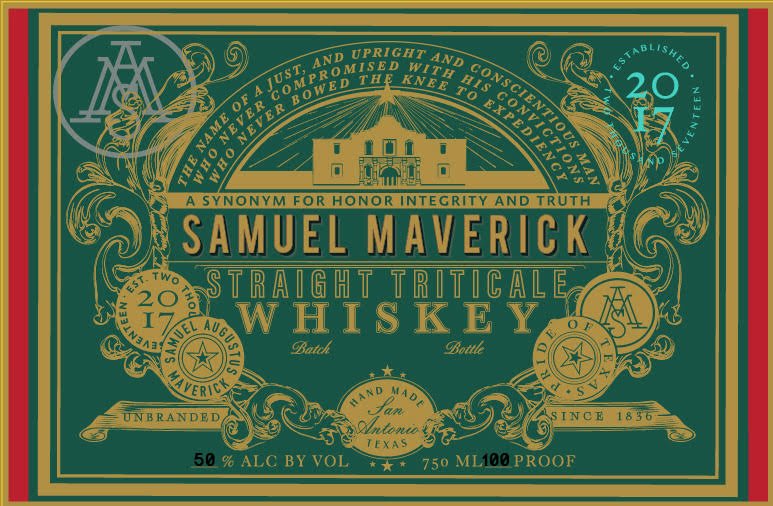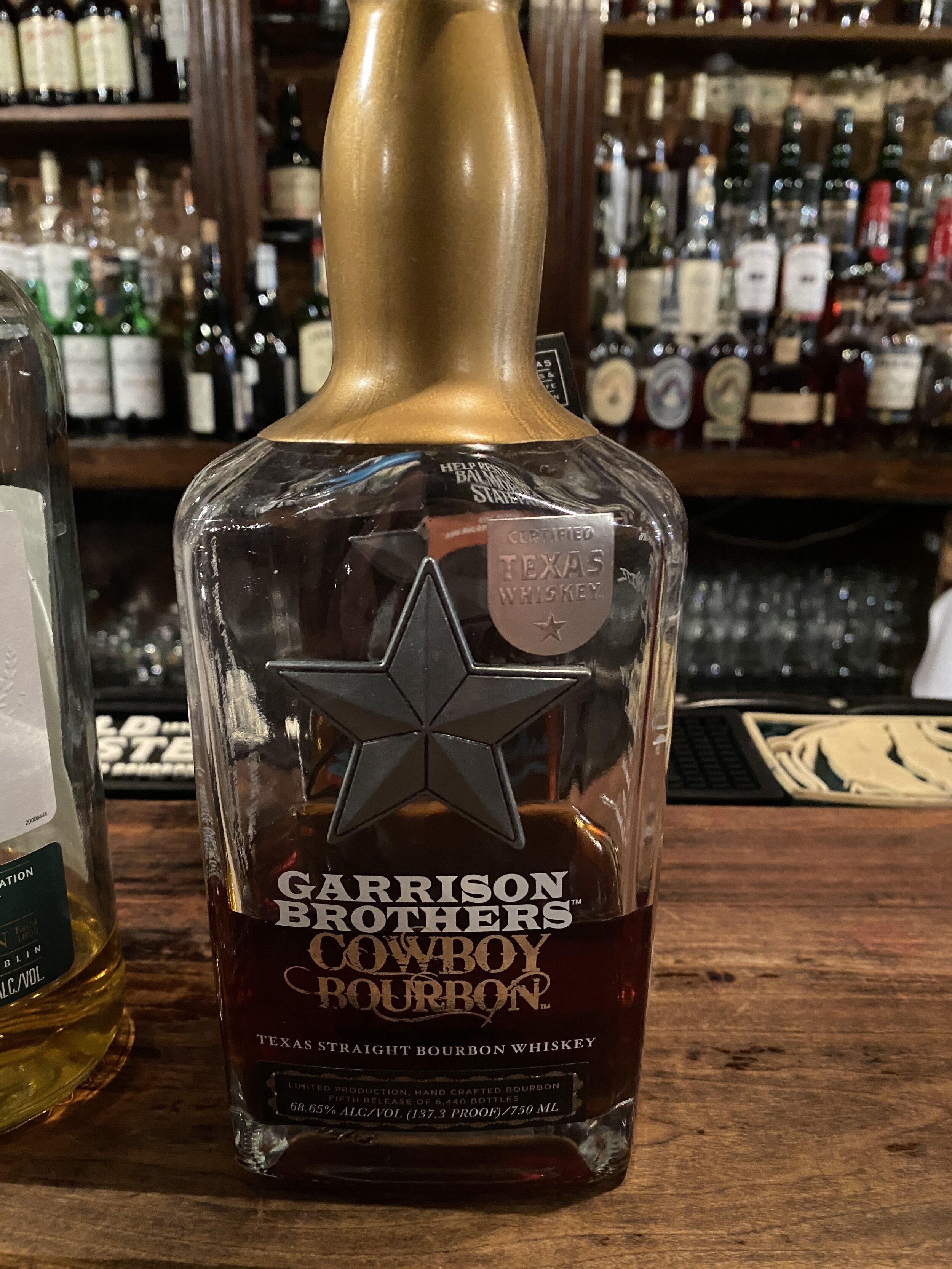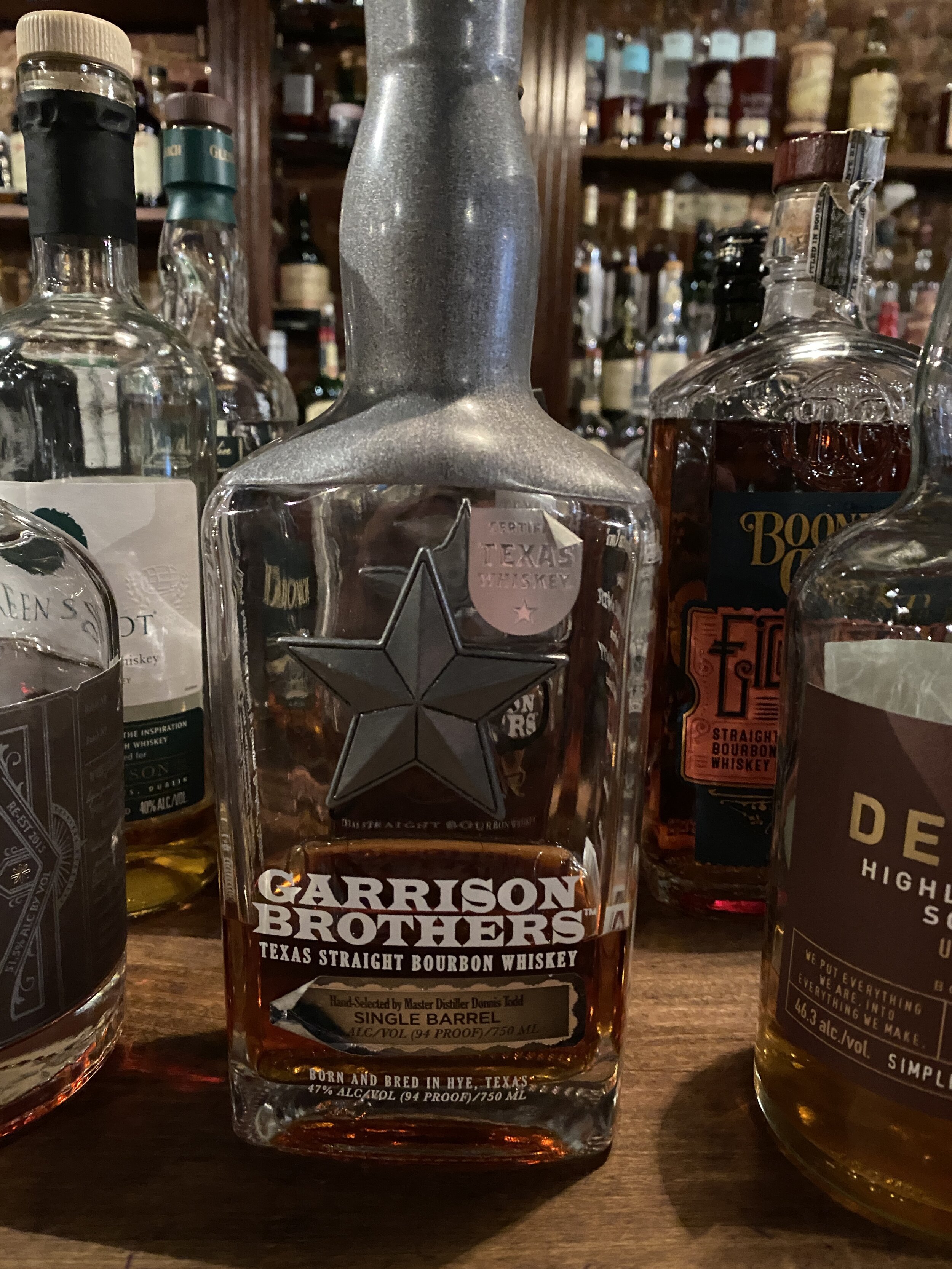Talnua Distillery Peated Cask Single Pot Still Whiskey
Peated Irish whiskey has quickly become one of the things I’m most excited about in whiskey. Starting with my introduction back to the category via Sliabh Liag and their Midnight Silkie (I don’t count my Connemara tasting as at that point I wasn’t sure I enjoyed any peat let alone the Connemara version), I’ve also recently had Waterford’s Ballybannon and Fenniscourt peated whiskies, with reviews to come shortly.
Peat is, to put it mildly, divisive. It’s immediately apparent on the nose at levels as low as 1-2ppm - for a comparison, Talisker is quite lightly peated at about 5ppm. There’s something about the creosotes or phenols that triggers your olfactory bulb to say something is off, like opening a bottle of wine and knowing it has become vinegar.
There are people who love peat and can’t get enough, and there are people for whom any level of peat is too much. Somewhere in the middle, though, are a wide swath of people who enjoy popular blends such as Johnnie Walker Black Label or single malts like Highland Park, Lagavulin, or Ardmore, just to throw out a few. None of these are more than moderately peated, and Highland Park was in fact the first peated single malt that made me think “oh - I could grow to like this.”
I still can’t get past Laphroaig levels, but that’s also down to the profile (iodinated, medicinal, tarred) - I enjoy Octomore releases from Bruichladdich that are objectively much higher ppm levels, but it’s a peat profile I like and so the level wasn’t a factor.
The funny thing about Laphroaig is that despite me not enjoying the single malt products from them, I find their casks can be excellent for what I call “peating by finishing.” Their quarter casks are especially good for this, and to my knowledge nobody else is using quarter casks at any great volume (meaning if you see something finished or aged in a quarter cask and in any way peated, it’s almost guaranteed to be Laphroaig casks).
Peating by finishing accomplishes two things: it allows the producer to impart a level of peat commensurate with the length of time, meaning they can have as little or as much peat as they want, and it also allows them to avoid peating their stills. I don’t care what anyone says - I don’t think you can ever get peat out of a copper still. Hell, even distilleries that separate their peated and unpeated distillate into different stills seem to retain some of that character. Bruichladdich’s Classic Laddie is an unpeated whisky, but they also produce Octomore, the most heavily peated whisky in the world by ppm. I truly believe it’s “in the air,” the same way distilleries by the ocean get maritime notes into the barrels.
Talnua - as many others want - seeks to avoid peat in their stills. So, they went with the peating by finishing option, finishing their 50/50 malted and unmalted barley whiskey in ex-Laphroaig barrels. The pairing, as is so often the case, turns out beautifully, in this case producing a whole new barley-and-peat profile than I’ve had before. The peat becomes candied in the presence of Talnua’s green apple notes, with black tea and honey more dominant than the vegetal character.
This is quite successful as a peating-by-finishing, and one that makes me think that pairing peat with new mashbills should be explored more.
Thank you to Talnua Distillery for providing this sample free of editorial constraint.
Talnua Distillery Peated Cask Single Pot Still Whiskey: Specs
Classification: Single Pot Still Whiskey
Origin: Talnua Distillery
Mashbill: 50% Malted Barley, 50% Unmalted Barley
Proof: 86 (43% ABV)
Age: 2+ Years Old
Location: Colorado, United States
Talnua Distillery Peated Cask Single Pot Still Whiskey Price: $85
Talnua Distillery Peated Cask Single Pot Still Whiskey: Tasting Notes
Eye: Darjeeling tea. Medium bleeding rims, drops hang on short legs.
Nose: Candied peat, if that’s a thing. Not like any peat profile I’ve had. The Talnua house green apple note is at full strength. MAybe that’s not peat - it’s hard to tell, smells like the barley is both honeyed and cereal-grain sweet.
Palate: Baked apples that still retain their tartness. A very mild peat underneath, especially on the back palate. Vegetal, fresh water and leaves, somewhat surprisingly without much salinity. Palate is. honey in a Hot Toddy, bright and acidic while sweet. Mouthfeel is prickly, pepper bite mild with some astringency. Coating, the peat still candied.
Finish: Peat remains a minor note, though it also grows on the finish to be recognizable and recognizably different. A fascinating new peat profile for the medium-length finish.
Overall: The honey and tea profile is delicious, almost candied on the nose with a smoky darkness. The peat doesn’t fully come to the fore until the palate and finish, but still makes its presence known throughout. I love the pairing.
Final Rating: 6.8
10 | Insurpassable | Nothing Else Comes Close
9 | Incredible | Extraordinary
8 | Excellent | Exceptional
7 | Great | Well above average
6 | Very Good | Better than average
5 | Good | Good, solid, ordinary
4 | Has promise but needs work
1-3 | Let’s have a conversation










